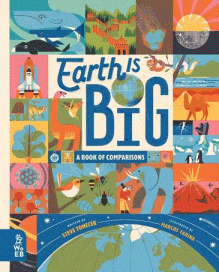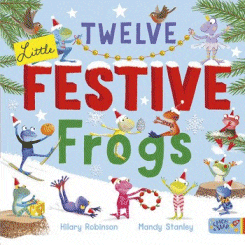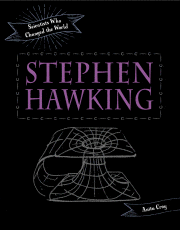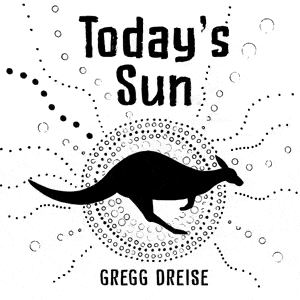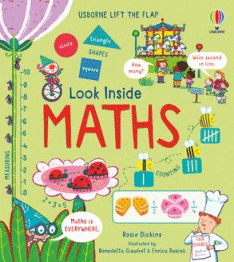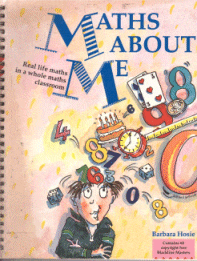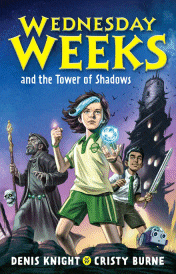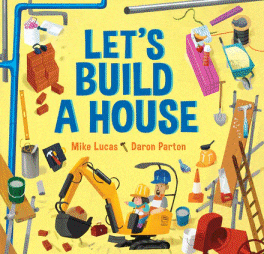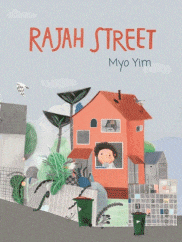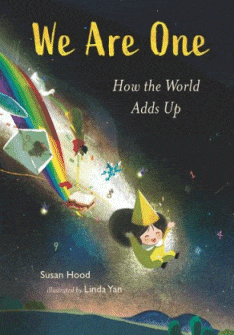
We Are One: How the World Adds Up
We Are One: How the World Adds Up
Susan Hood
Linda Yan
Candlewick, 2021
32pp., hbk., RRP $A29.99
9781536201147
This is another one of those rare books for which the publisher’s blurb describes it best…
One can be one thing all on its own—one star, one stream, one stick, one stone.
But those on their toes, those using their smarts, know one can be more than the sum of its parts.
Consider the two slices of bread that make up one sandwich, or the three lines of poetry that form one haiku, or even the ten years that form one decade. From one to ten, from sandwiches to centuries, every part is necessary to the whole.
In this fascinating concept book, a simple rhyming narration aimed at younger children is complemented by informational panels about subjects like the four compass points, the five acts in Shakespeare, the seven colors of a rainbow, or the nine innings in baseball. Award-winning author Susan Hood and debut children’s book illustrator Linda Yan offer a mind-expanding look at early math concepts such as part/whole relationships, fractions, and addition—while underlying themes of cooperation, peace, and kindness make this beautiful volume one to be enjoyed by anyone at any age.”
This celebration of numbers illustrates how the whole is greater than the sum of its parts, while every part is critical to the whole! From one to ten, around us are things that cannot be without every part: seven days make a week, six sides make a snowflake, five acts make a Shakespeare play, and so on. It is a perfect demonstration of the meaning of synergy – the interaction or cooperation of two or more organizations, substances, or other agents to produce a combined effect greater than the sum of their separate effects – which is an abstract term usually too large for little minds but the repetition of the little girl in each of the illustrations and showing how she is directly connected to each of the examples give it a real-world application that is easily understood.
As well as the informational panels at the base of each page, there is a comprehensive list of sources and resources that give more information about each of the concepts as well as some especially for kids that offer explanations of some of them like the seasons and the braille season. There is also a comprehensive list of other things that occur in groups of a specific number offering an opportunity for the reader to create their own page, such as the eight reindeer that pull Santa’s sleigh, or the eight phases of the moon. The emphasis is always on how many work together to make one.
If I were still in a school this would definitely be the starting point for my maths program for the year to show the children how they are surrounded by numbers and other mathematical concepts, setting up an investigation that will resonate with them and provide purpose and focus for the year’s learning.
